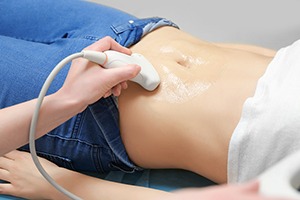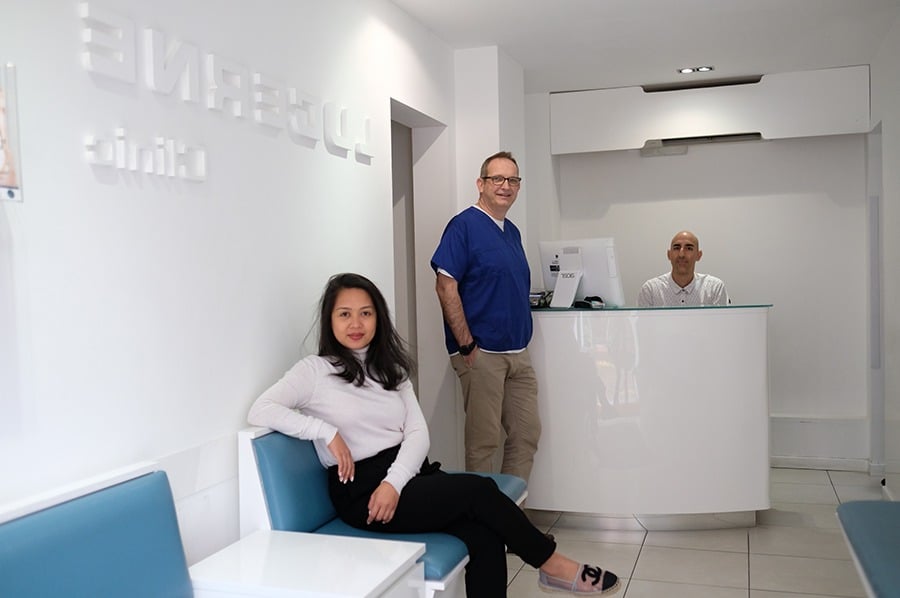What are fibroids
Fibroids are benign (Non-cancerous) growths that develop from the muscle tissue of the uterus. Although their cause is unknown, they are known to be hormone-dependent tumours & estrogen stimulates their growth. They may be present inside the cavity of the uterus, within its wall, on its outer surface or attached to it by a stem-like structure.
Who is most likely to have fibroids?
They are more common in women aged between 30-40 years but may actually occur at any age. Commonly associated with familial predisposition & early onset of periods, these tumours are found more frequently in African- American women & Caucasians.
How does a woman suspect she may have fibroids?
Most of the fibroids may not cause any symptoms at all and diagnose on a routine pelvic ultrasound scan during a gynaecological check-up. When symptomatic, the Fibroids may cause the following symptoms :
- Changes in menstruation- Longer, more frequent or heavy menstrual periods. Painful periods or vaginal bleeding at times other than menstruation.
- Pain- Often dull, heavy & aching pain in the lower back or abdomen
- Pressure symptoms- Difficulty in urination or frequent urination; constipation/ rectal pain or difficult bowel movements
- A large lump in the abdomen
- Infertility or miscarriages and commonly diagnosed during early pregnancy scans and follicular tracking scans
How are fibroids diagnosed?
The fibroids may present with the above symptoms or be detected on routine pelvic ultrasound examination. Once clinically suspected, the diagnosis may be confirmed by:
- Ultrasonography- Uses sound waves to create a picture of uterus & other pelvic organs
- Hysteroscopy- Uses a camera mounted on a slender long device to see the inside of the uterus
- Hysterosalpingography- Special X-ray test used to detect changes in the shape & size of Uterine cavity and fallopian tubes.
- Laparoscopy- Uses a camera on a slender long device to see the inside of the abdominal cavity
- MRI- Uses magnetic waves to produce exact images of body tissues
Do all fibroids need to be treated?
No, fibroids that do not cause symptoms, are small or occur in a woman nearing menopause often may not require treatment. However, certain signs & symptoms may signal the need for treatment:
- Heavy or painful periods
- Bleeding in-between periods
- A rapid increase in size
- Infertility
- Pressure symptoms, Difficulty in urination or defaecation
- Pelvic pain or lump abdomen
Can medications be used to treat fibroids?
Medications can be used to decrease the heavy bleeding or pelvic pain caused due to fibroids, but they do not prevent the growth of the fibroids nor do they make the fibroids disappear. Some medications that can be used are the painkillers eg. Paracetamol & Brufen, Oral contraceptive pills, Progesterone pills or IUCD & Gn RH agonists.
What surgeries may be used to treat fibroids?
Myomectomy is the surgical removal of fibroids while leaving the uterus intact. It may be done by laparoscopy/ hysteroscopy or by giving a cut on the abdomen in a conventional manner.
Hysterectomy is the surgical removal of the uterus with the fibroids. The ovaries may or may not be removed. This also may be done by Laparoscopy or abdominally or vaginally. Hysterectomy is done when other treatments have failed or the fibroids are too large & childbearing function of the uterus has been completed.
Other treatments modalities include Uterine artery embolisation or HIFU (High intensity focused Ultrasound ).
Pelvic ultrasound Scan
The pelvic ultrasound scan is the first line of investigation when fibroids or other gynaecological problems are suspected.
Your doctor will probably refer you to your local hospital to have a transvaginal ultrasound scan but as the ultrasound NHS waiting times are along you can opt to have a private ultrasound instead. You can find more about the transabdominal and transvaginal scans we offer at the exam page information.










